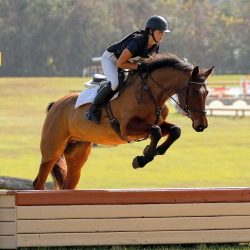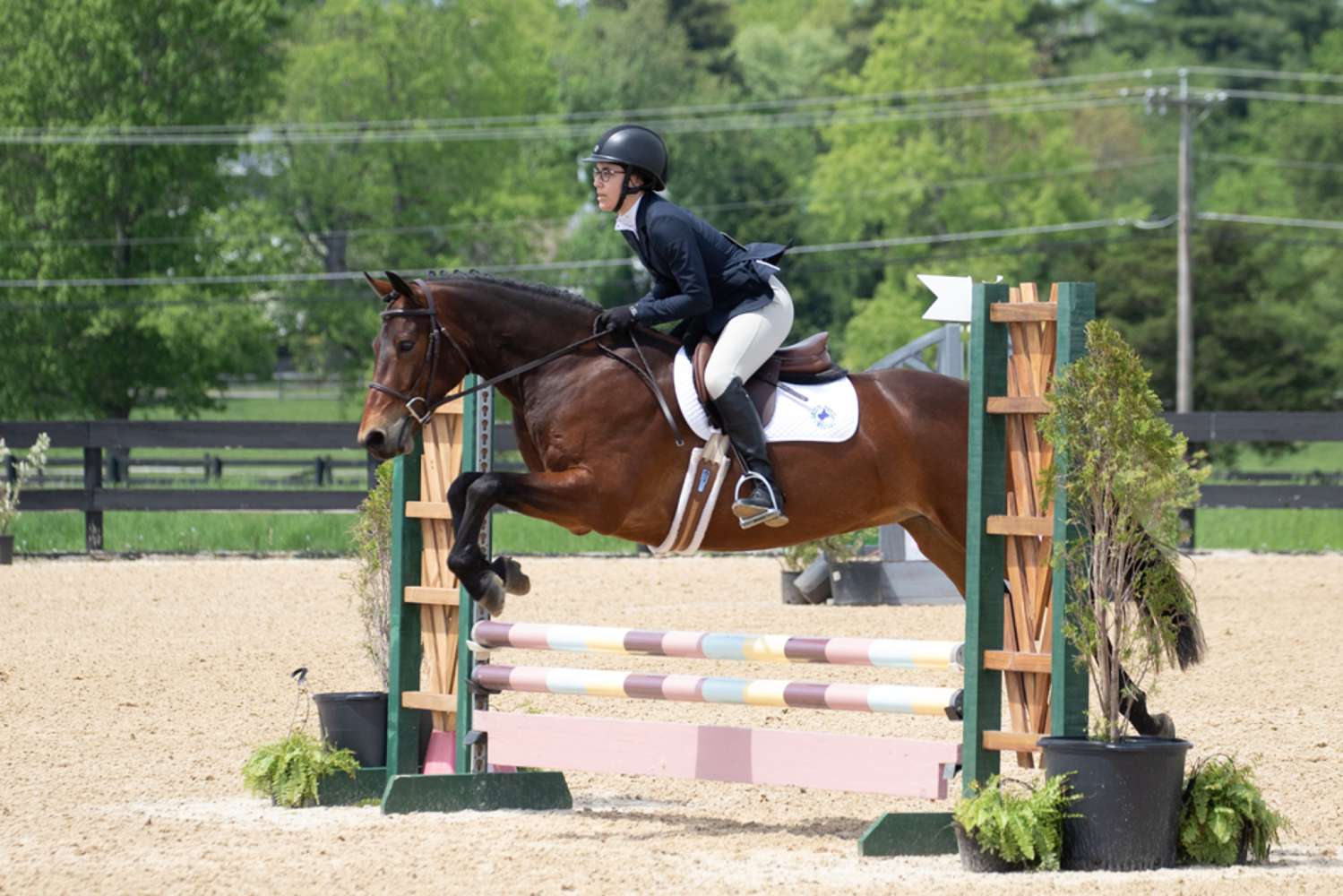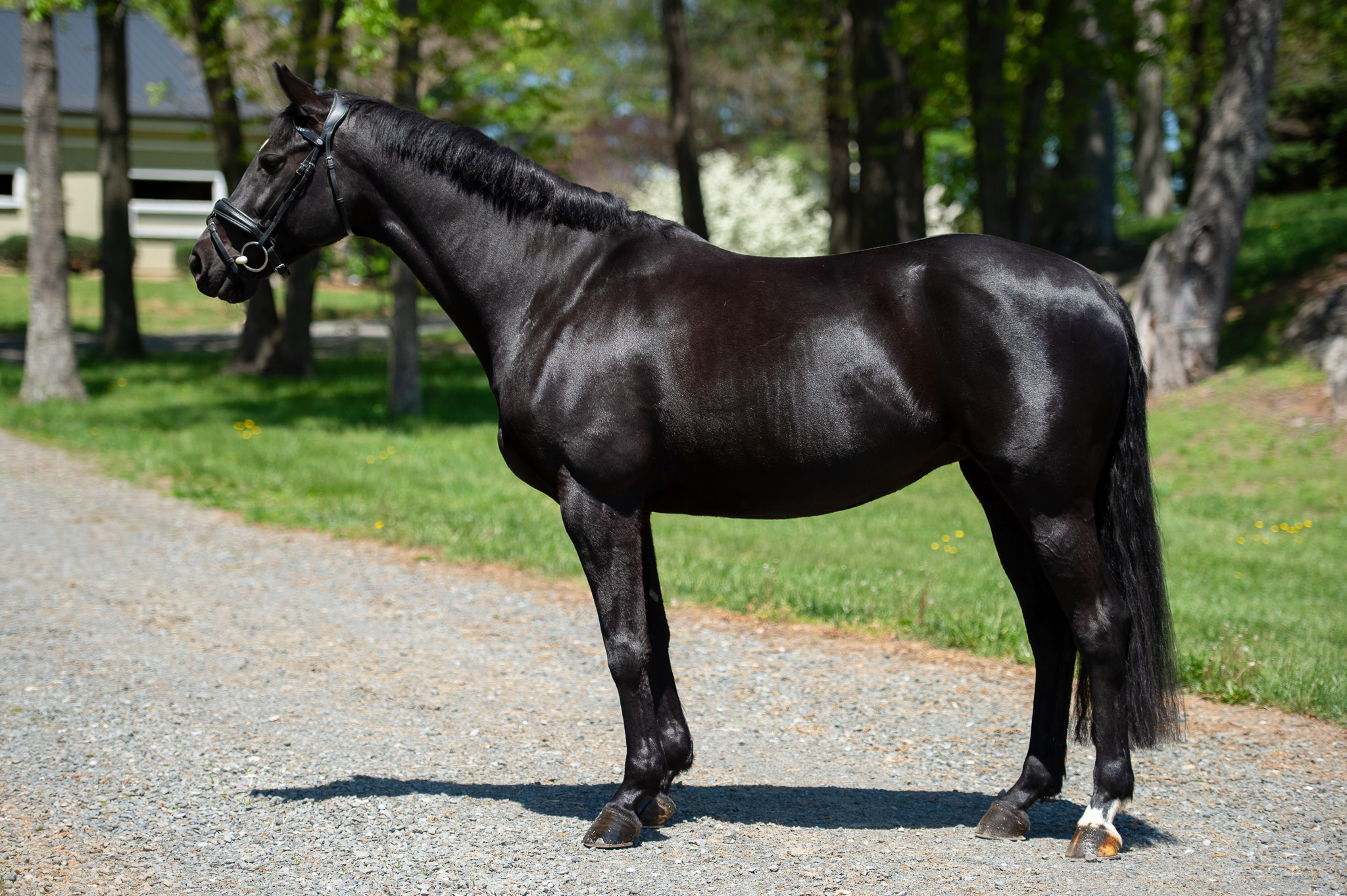Everyone at work makes fun of me because my life seems to revolve around horses 24/7. Shopping for horses on my lunch break? Yep. Drinking my morning coffee out of an equestrian mug? You betcha. Talking about horses to anyone who will listen to me? Sure am.
So my coworker wasn’t one bit surprised when I whipped out my copy of Riding for the Team: Inspirational Stories of the USA’s Medal-Winning Equestrians and Their Horses as we settled into our four-hour flight.

I love books almost as much as I love horses, so this book seemed to be a no-brainer. Riding for the Team features “mini-biographies,” if you will, of over 40 Olympic athletes from varying disciplines, each one as captivating as the first. If I am honest, I initially imagined I would read through the showjumping and eventing sections thoroughly and then skim through the rest, but I truly could not put the book down.
In Riding for the Team, you get a behind-the-scenes look at how most of our country’s best equestrians came to be. Each rider shares a personal tidbit that reminds the reader that they are, in fact, human just like we are and all endure hardships or suffer through mistakes. I found myself laughing along with Robert Ridland, sitting on edge alongside Boyd Martin (You can read an excerpt of his portion here), and gaining a new understanding of the importance of owners in our sport thanks to Chester Weber.
And while the showjumping and eventing stories definitely had my heart, one of my favorite excerpts was from dressage rider Laura Graves. We all know about Laura and her impressive horse Verdades, but I had no clue what a struggle the two shared during their partnership together. Reading Laura’s first-hand account of bringing the horse along to the amazing feats he is known for now was eye-opening. I found myself thinking, “Wow, it is possible to start from scratch and become a somebody in this world after all.”
If there is one thing most of these stories share in common, it is the way each rider had to earn his or her way to the podium. Not only do you get to see how countless riders from all over the world rose to the top, but also you get to hear from some of the founding members of these industries and how the sports have evolved over time. It was a delight to read the O’Connors’ perspectives on how the changes in eventing have impacted the sport.
In addition to reading about some of the people I idolize today, I got to learn more about disciplines I am less-than-familiar with through the masters themselves. Hearing how para-dressage rider Lynn Seidemann or endurance rider Becky Hart earned a place on the USET was not only informative, but also extremely captivating.
I will admit, I read that whole book on my four-hour flight, but that just wasn’t enough for me. So I endured more taunting at home from my husband as I cracked the spine of one of my new favorite books for the second time while cooking up some holiday candy and enjoying a homemade drink. I mean… what gets more equestrian than that?

If you haven’t scooped up your copy of Riding for the Team yet, you will most definitely want to add it to your wish list. I can guarantee you won’t be disappointed. After reading it from cover-to-cover three times through, my copy is proudly displayed on our living room bookcase, but I can promise you that it will be making it’s way down from time-to-time when I need some inspiration to get me through my difficult rides.
Riding for the Team was produced by the USET and edited by Nancy Jaffer, and reprinted with permission from Trafalgar Square Books (www.horseandriderbooks). The book is also available directly from USET here.








































































